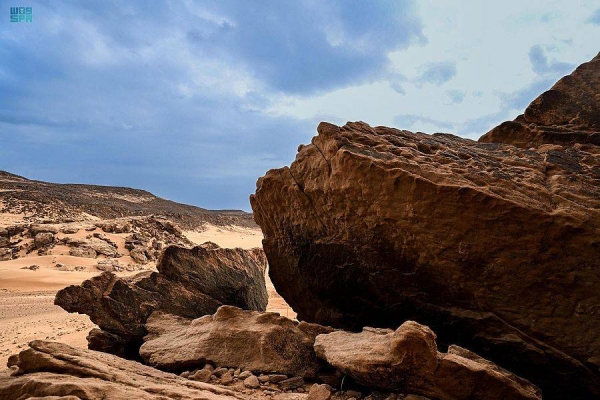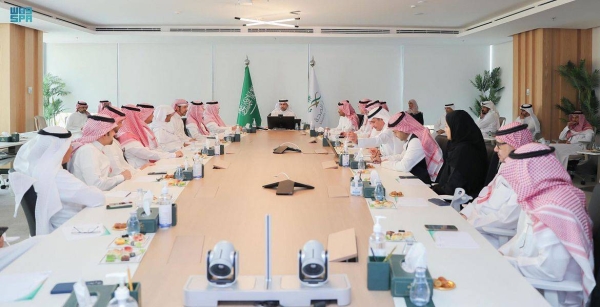
The Saudi Geological Survey (SGS) has launched, with the approval of the Saudi Stratigraphic Committee, a unified geological diagram for sedimentary sequences in the Kingdom.
This contributes to understanding such things as the stratigraphic sequences of sedimentary rocks, sedimentary environments, and different geological structures, as they play a major role in facilitating mineral exploration in Saudi Arabia.
The official spokesperson for the Saudi Geological Survey, Tariq Aba Al-Khail, said that the committee headed by the SGS issued a unified geological column for sedimentary sequences that extend to 541 million years from the Paleozoic era to the modern era.
He said that the geological column shows the formations in the sedimentary cover within those periods, as well as their different ages and divisions, which would contribute to explaining the sedimentary environments that host the industrial and base minerals that the Kingdom embraces.
Examples include radioactive elements such as uranium and thorium; petroleum discoveries; rare earth elements; as well as knowledge of the geology of water reservoirs and its importance in discovering the largest hydrocarbon reserves in the world.
The Saudi Stratigraphic Committee, which was established in 1421 AH, with the approval of the then Minister of Petroleum and Mineral Resources, will continue to update its work and field trips in case work is required for that, Aba Al-Khail confirmed.
He indicated that researchers and those interested can access the outputs of the stratigraphic sequence column through the official website of the SGS.
The Committee includes several government agencies led by the SGS as well as the representatives of Saudi Aramco, King Saud University, King Abdulaziz University, King Fahd University of Petroleum and Minerals, Taibah University, the Ministry of Environment, Water and Agriculture and King Abdulaziz City for Science and Technology (KACST).











